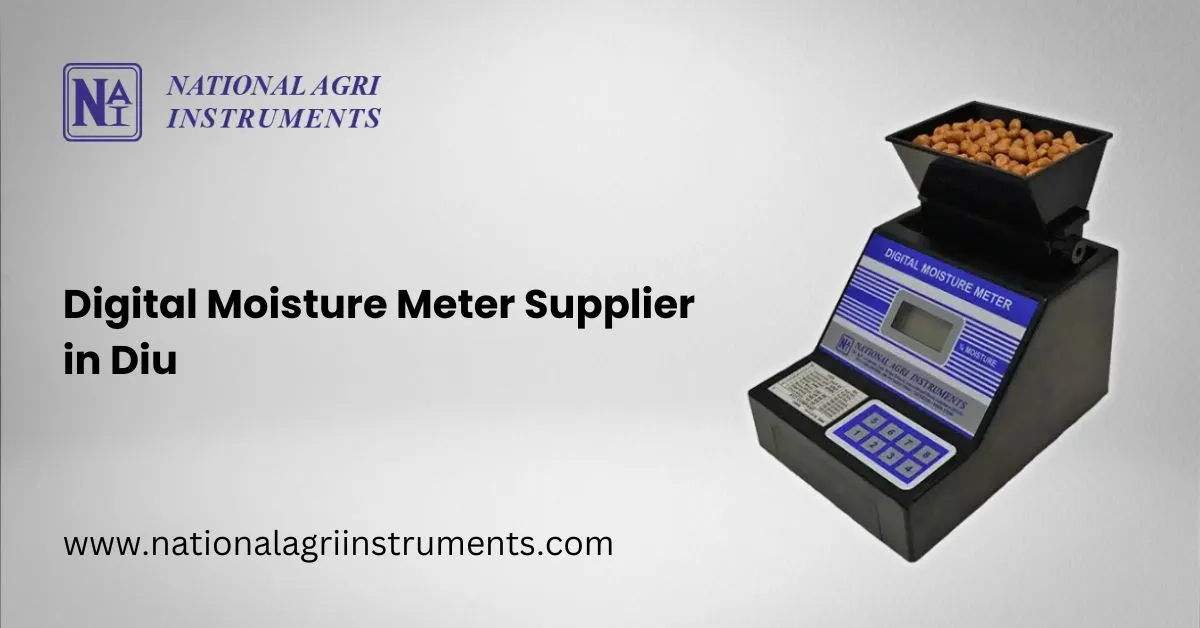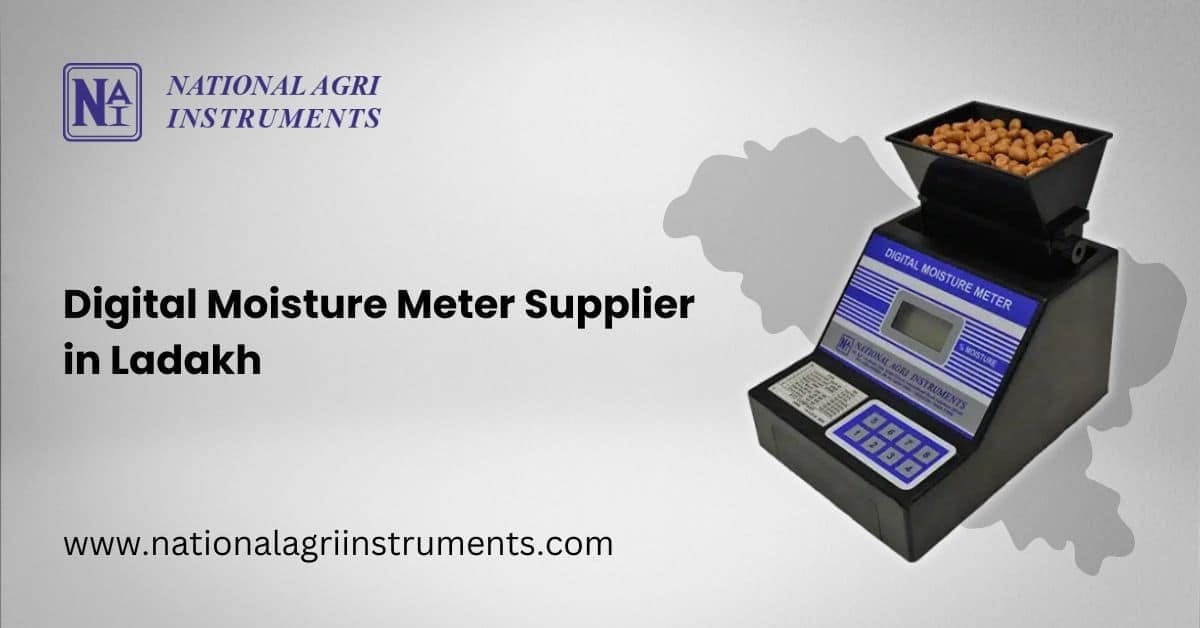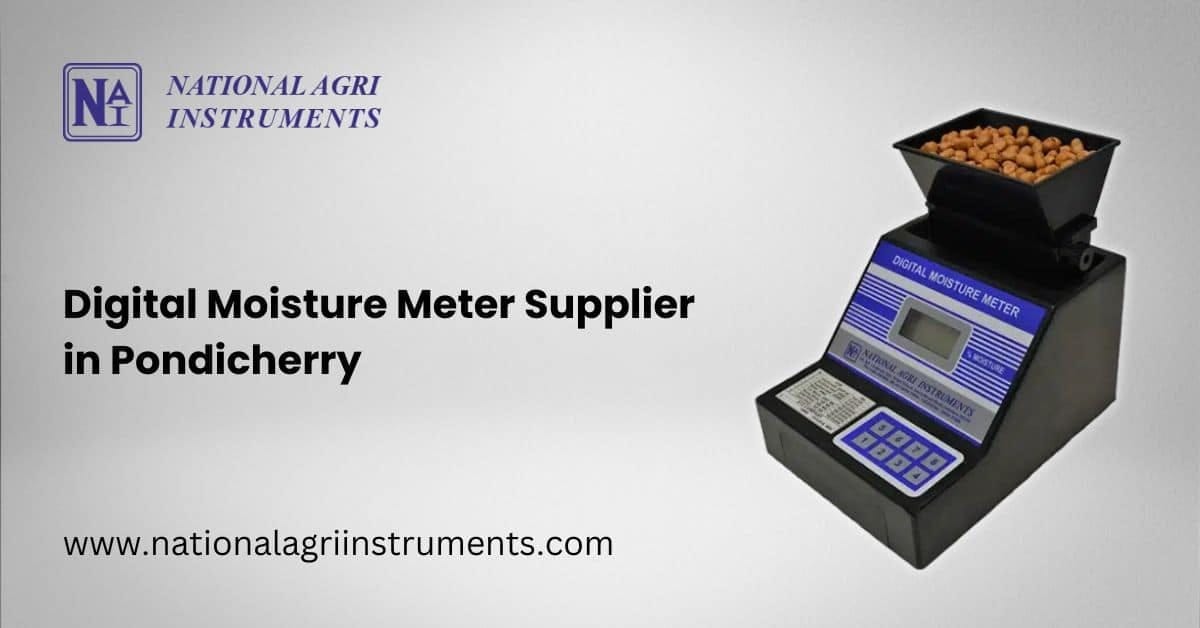When it comes to ensuring the quality and durability of materials, moisture content plays a…
4 Reasons To Use A Digital Moisture Meter
For decades, moisture meters have been used by professionals in the farming, restoration, woodworking, and flooring industries to check the moisture content (%MC) of the materials they work with.
1: EASILY READ PRECISE %MC MEASUREMENT
When you use a digital display, you can easily determine the %MC reading of the material you’re testing to however many decimal points the meter will display.
For example, if the moisture content of a piece of wood is 20.8%, the screen will say so and you won’t have to guess the decimal point.
Additionally, using a digital display allows the meter to show information other than the %MC of the material you’re testing, such as the time, material being tested, or location of where to take the next measurement. This extra information can be useful for documentation purposes.
With an analog meter, it’s impossible to create menu-driven navigation that allows for complex functions such as built-in species correction or reading storage and recall in a convenient and consistent manner.
Why are digital displays so much better for this? One reason is that they allow users to see the menu choices that they have highlighted, and make selections from those menus that can provide more detailed information than an analog display.
Another unique function that a digital display can enable is the simultaneous display of both the current moisture content reading and a second reading, such as the average of the last 100 readings. This allows you to quickly spot an unusual reading result.
Overall, digital displays allow for a moisture meter to have greater functionality than an analog display would have.
3: RUGGEDNESS
One of the major weaknesses of an analog display is its reliance on moving parts. This makes the meter mechanically complex; consequently, it’s more prone to breaking. A hard impact such as from a drop could affect the moving parts that allow the needle to move, preventing it from working correctly.
With a digital display, there are no moving parts in the meter itself. This reduces mechanical complexity and the chances of an impact jarring a delicate part loose.
While a sufficiently hard impact can break any meter, digital display meters are better able to cope with rough work conditions than analog meters. This helps the meter to last longer in the field without needing repair or replacement.
4: CONVENIENCE/VERSATILITY
Earlier, it was mentioned how digital displays allow for extra menu-based functions. As a side benefit of this, it is possible for meters with digital displays to combine multiple functions into a single device, making them more convenient and versatile.
For example, Delmhorst’s 3 in 1 meter use digital displays to navigate menu functions so that users can easily switch between pin meter, pinless meter, and thermo-hygrometer operation modes.
Integrating these functions into a single meter allows users to save space in their toolbox by not having to take three different devices to the job site.
Overall, digital display meters are more functional, versatile, and durable than their analog counterparts, which is why they’re the new industry standard. However, many professionals still prefer analog displays for their simplicity, which is why Delmhorst supplies both kinds of meters.
Whether you need a pinless digital moisture meter or want to have a simple analog meter, Delmhorst is here for you.




